Keeping On The Right Track
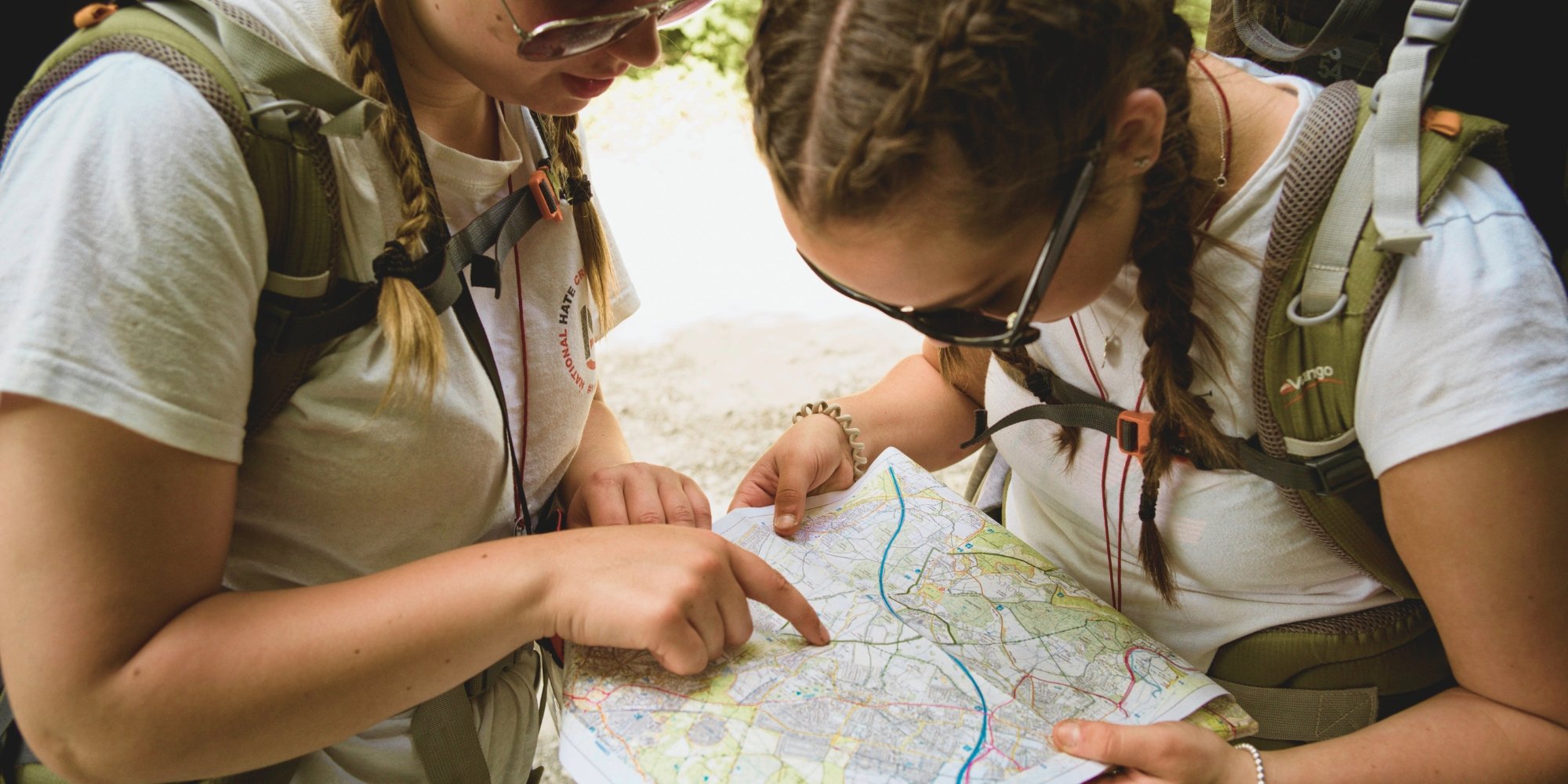
For the Expedition section, teams must plan and organise their expedition using a map. You’ll need to identify how you’ll spend your time and how to meet your aim, recording this as a route card.
It’s essential you develop, practice and refine your navigation, compass and map reading skills to the level needed to do your expedition safely.
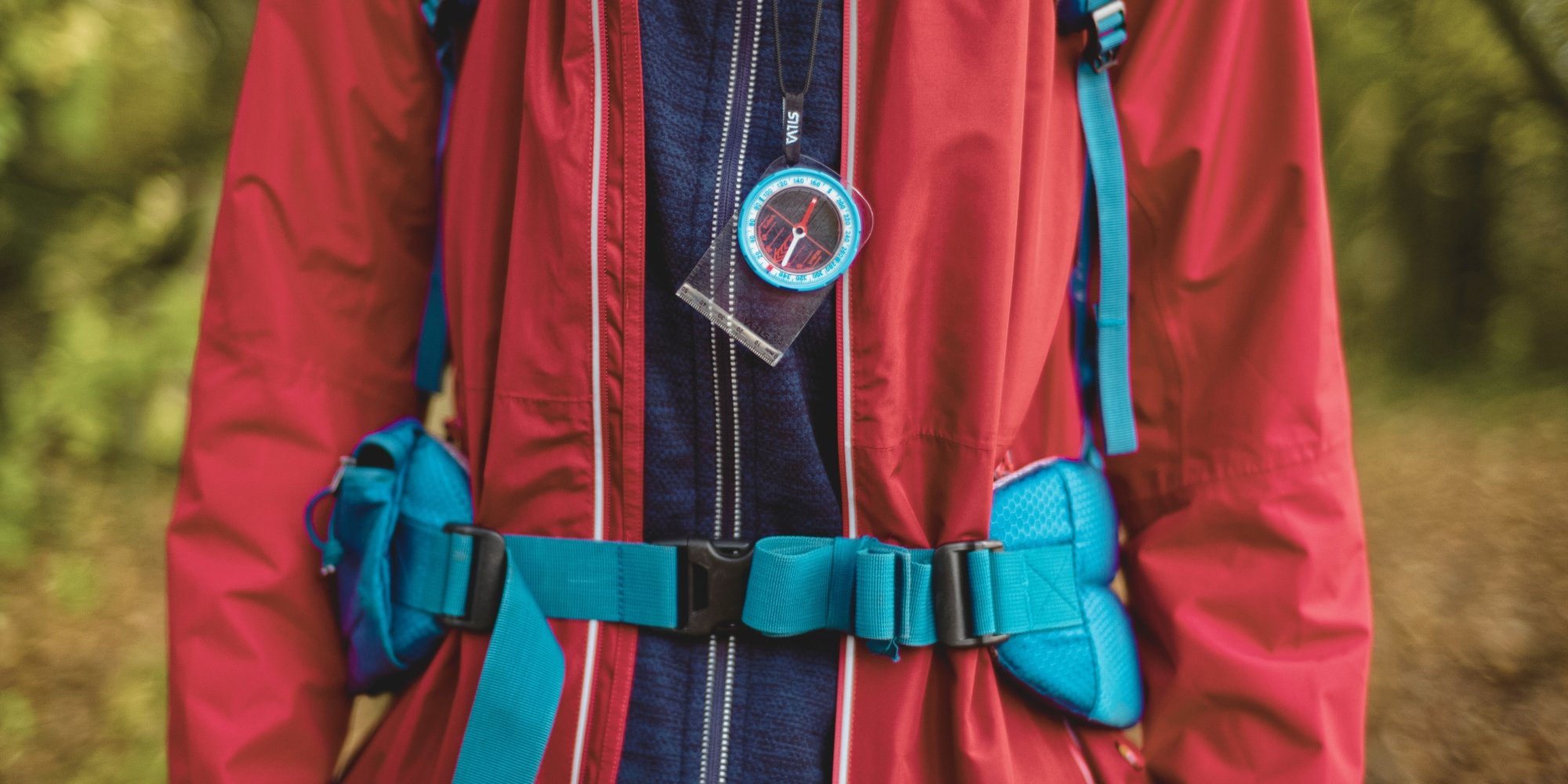
Compasses
A compass is an expedition essential, and it’s important you can trust it to guide you on unfamiliar ground. The three key markers of a great compass are reliability, accuracy and toughness. All DofE recommended compasses from Silva give you all three.
Maps and compasses are sometimes provided by your DofE Leader, so make sure you check ahead of your expedition.
How to use a compass
Silva’s easy 1-2-3 system can help you plot the right course.
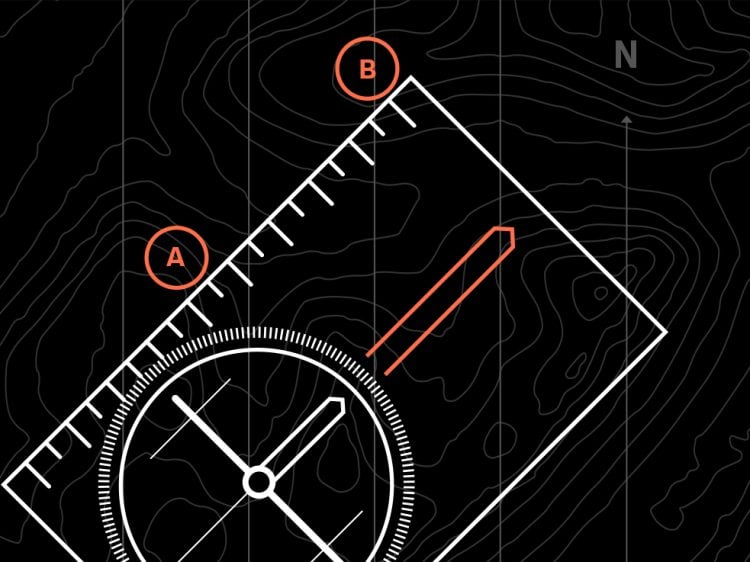
1 – Place the compass on the map with the edge of the compass along the desired line of travel. Make sure the direction of travel arrow points towards your destination.
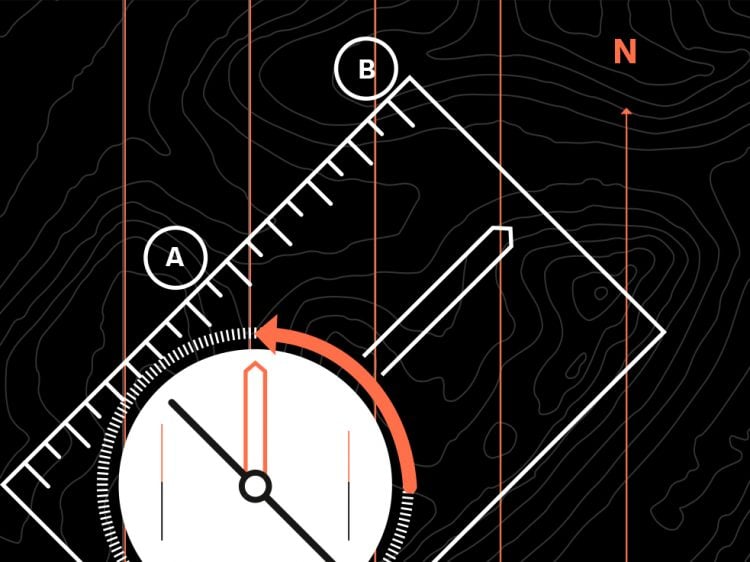
2 – Rotate the compass housing until N on the dial points North on the map. Check that the compass housing red/black North/South links are parallel with the map’s meridians.
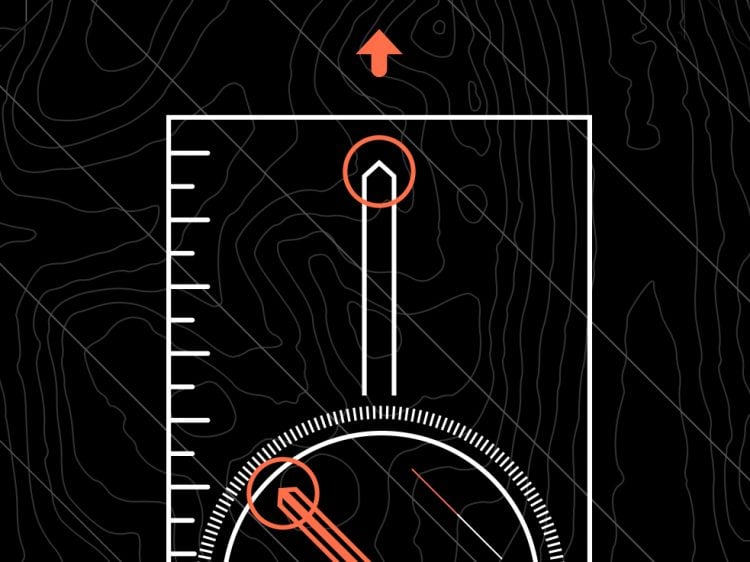
3 – Hold the compass in hand and turn your body until the red end of the compass needle (North) coincides with the red arrow in the bottom of the compass housing. The front of the compass with the direction of travel arrow is now pointing towards your destination.
For more help, watch Silva’s handy 1-2-3 navigation guide video here.
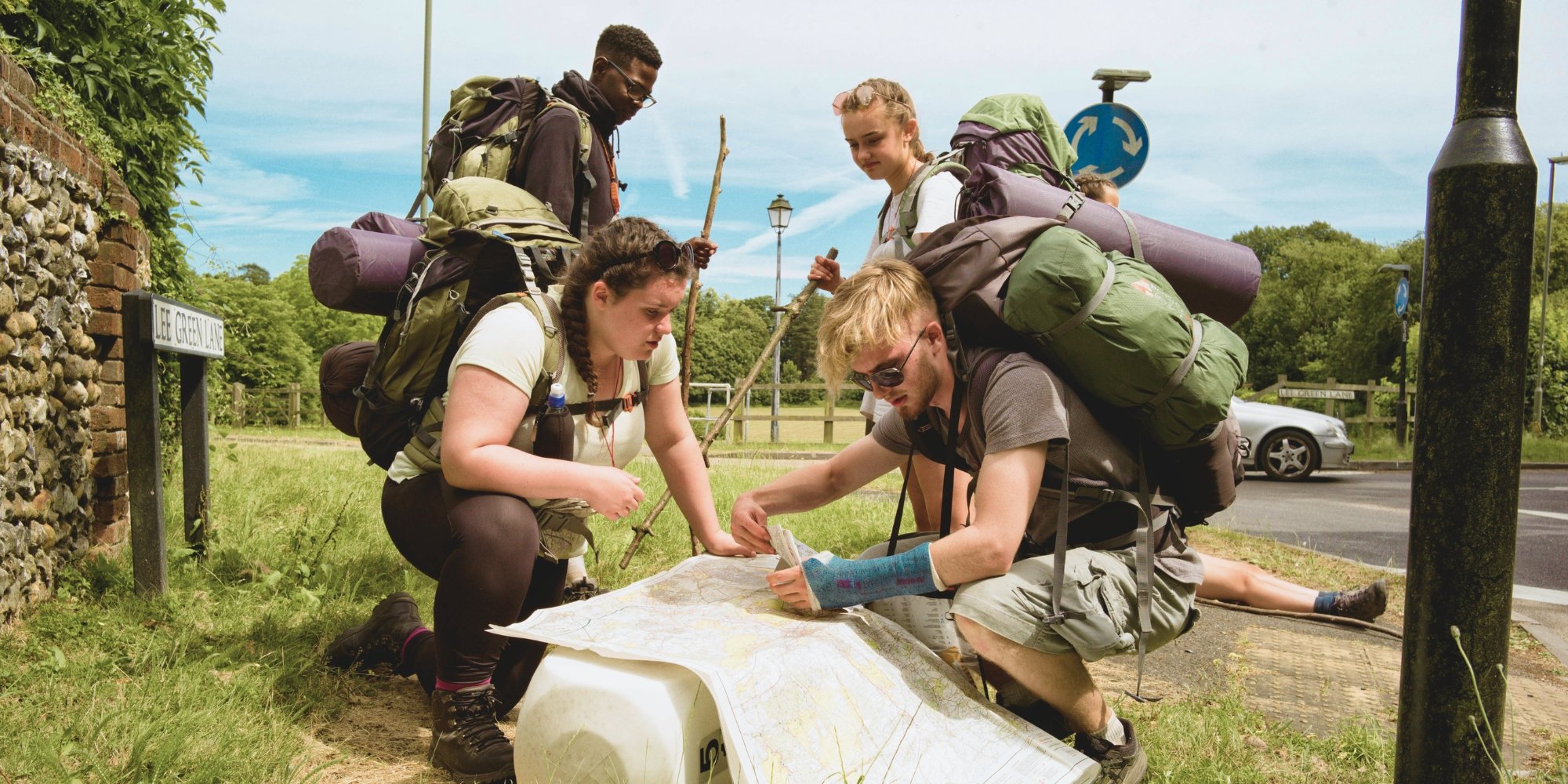
Mapping it out
Learning to use an Ordnance Survey (OS) map is also a key part of your expedition preparation. OS maps are available in different scales, and you can choose from standard paper or stronger laminate which can be wiped clean of route markings.
OS maps are available in a 1:25,000 (Explorer) or 1:50,000 (Landranger) scale. The OS Explorer map is highly detailed, making it ideal for foot treks for shorter distances. The OS Landranger covers bigger areas, so is better for long distance foot or bike expeditions.
We also recommend using a map case, such as the Silva map carry case, to keep everything together and provide protection against rain.
Did you know? You can also customise your Ordnance Survey maps, centring them on your location or, if your route crosses two or three standard maps, bringing everything onto one map. Find out more here.
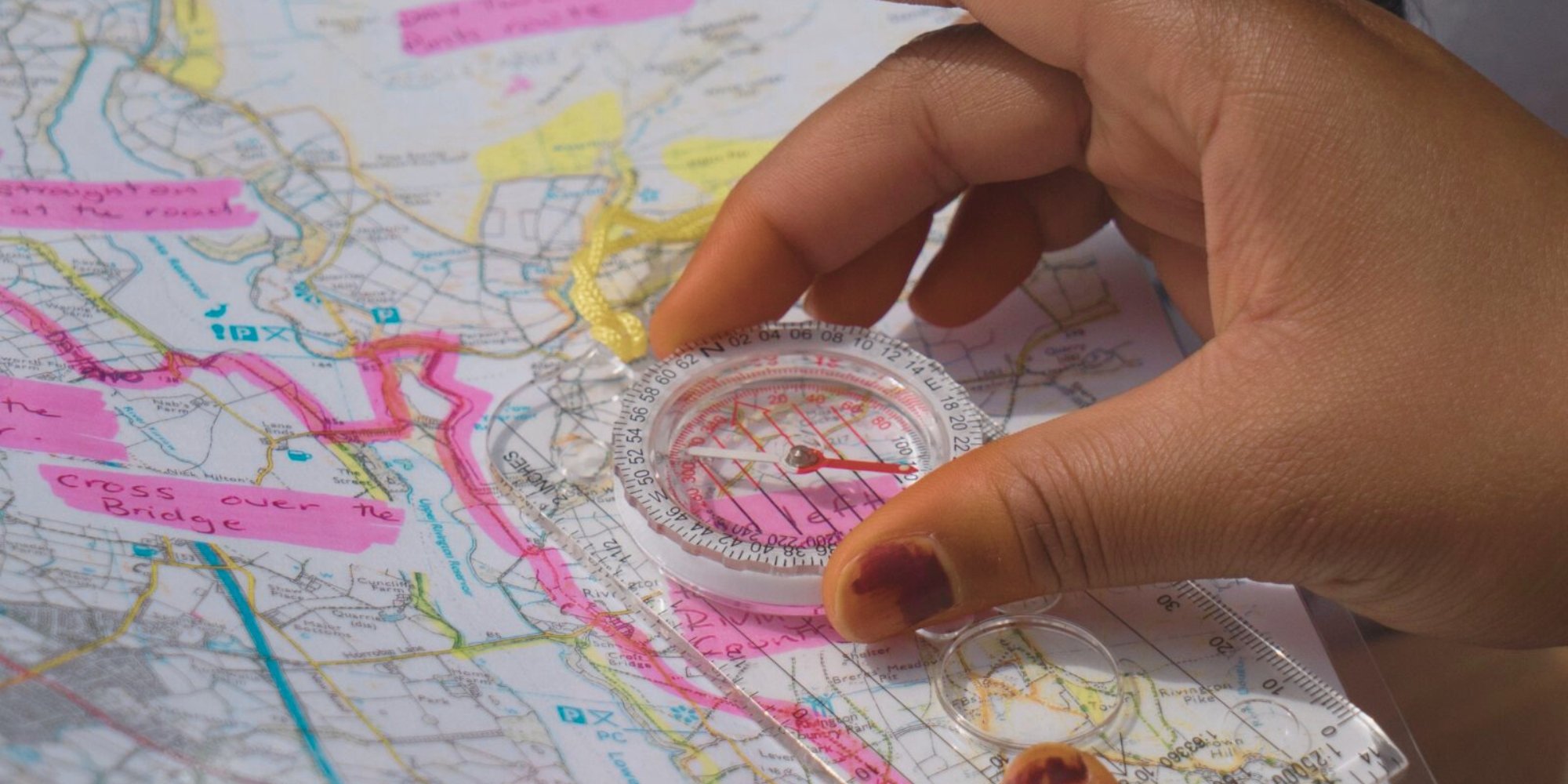
Other things to remember:
– Keep your compass in a soft case and away from magnets.
– Tie your compass to your rucksack or jacket to avoid losing it.
– The string on your compass can be used to measure distances.
– Talk to your team about sharing the costs of navigation kit.
– If your compass has lost its polarity, Silva can re-polarise your old compass for free. This will make sure you keep going in the right direction!


